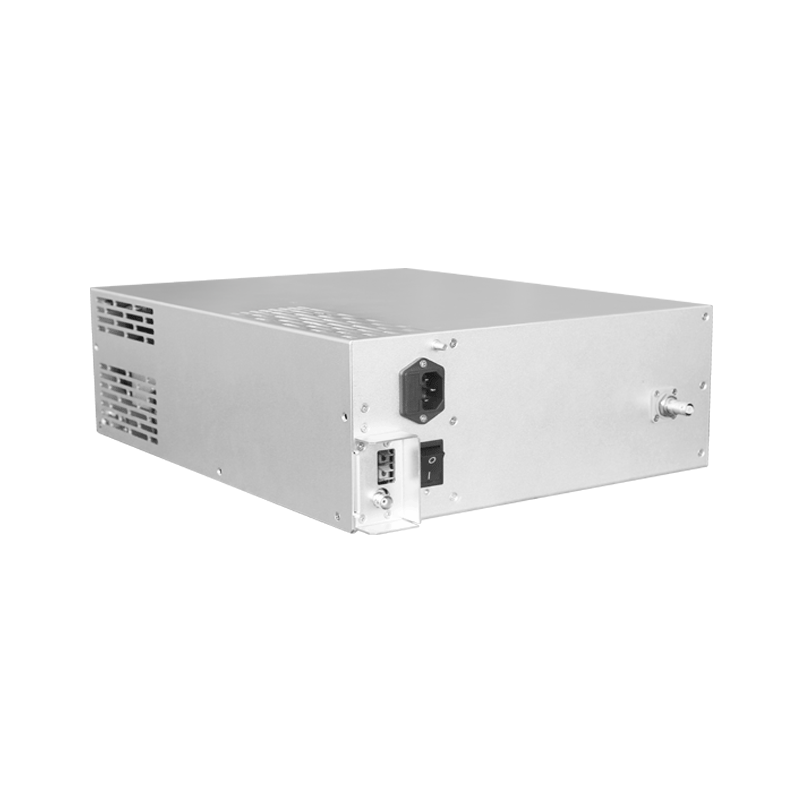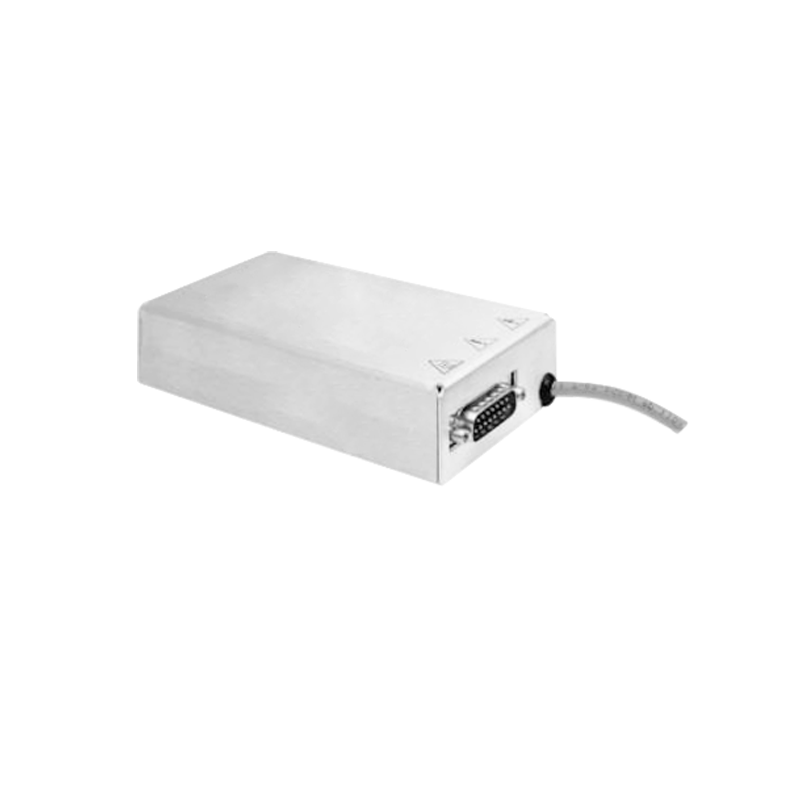Optimization of Noise Equivalent Power in Microchannel Plate Detectors through High-voltage Power Supply Design
The noise equivalent power (NEP) of microchannel plate (MCP) detectors determines their sensitivity in low-light-level detection applications such as quantum communication and biomedical imaging. As the core driving component, the output noise of high-voltage power supplies gets amplified through electron multiplication processes, becoming a critical constraint on NEP improvement. This study explores optimization mechanisms from three dimensions: ripple suppression, dynamic stability, and multi-physics coupling.
1. Correlation Between Ripple Characteristics and NEP
1. High-frequency Ripple Impact
Power supply ripple above 0.01% at 100kHz causes 18% charge fluctuation in single-photon events. LC-π composite filters with magnetic shielding reduce this ripple to <0.005%, improving NEP from 3×10^-17 to 8×10^-18 W/Hz^1/2.
2. Low-frequency Noise Transfer
1/f noise coupled through bias circuits increases dark current fluctuations. FPGA-based active cancellation reduces noise power by 62% across 10Hz-1MHz bandwidth.
2. Dynamic Stability Enhancement
1. Pulse Response Optimization
Resonant topology with GaN switches achieves 15ns voltage rise time, reducing photon timing jitter from 180ps to 45ps.
2. Load Transient Compensation
Dynamic impedance matching algorithms adapt to vacuum fluctuations (10^-3~10^-5 Pa), limiting gain variation to ±1.2% within 0.2ms.
3. Multi-physics Coupling Strategies
1. Electro-thermal Co-design
3D EM-thermal modeling improves field uniformity to 99.5%, reducing statistical fluctuation by 40% and NEP by 37%.
2. Interface Noise Suppression
BeO/Al2O3 ion barrier films suppress positive ion feedback to <0.3%, while surface passivation lowers interface state density to 1×10^10 cm^-2·eV^-1, achieving 12e^- rms equivalent noise charge.
4. Intelligent Control Breakthroughs
1. Adaptive Bias Control
Deep learning-based algorithms expand dynamic range to 90dB while maintaining NEP at 5×10^-18 W/Hz^1/2.
2. Digital Twin Calibration
Coupled aging models enable <±2% NEP drift over 10,000 hours through predictive calibration.
Conclusion
Systematic innovations in multi-band noise suppression, dynamic response, and cross-scale field coupling are essential for NEP optimization. The integration of wide-bandgap semiconductors and AI algorithms promises breakthroughs toward 1×10^-19 W/Hz^1/2-level NEP, enabling single-molecule photodetection capabilities.




















